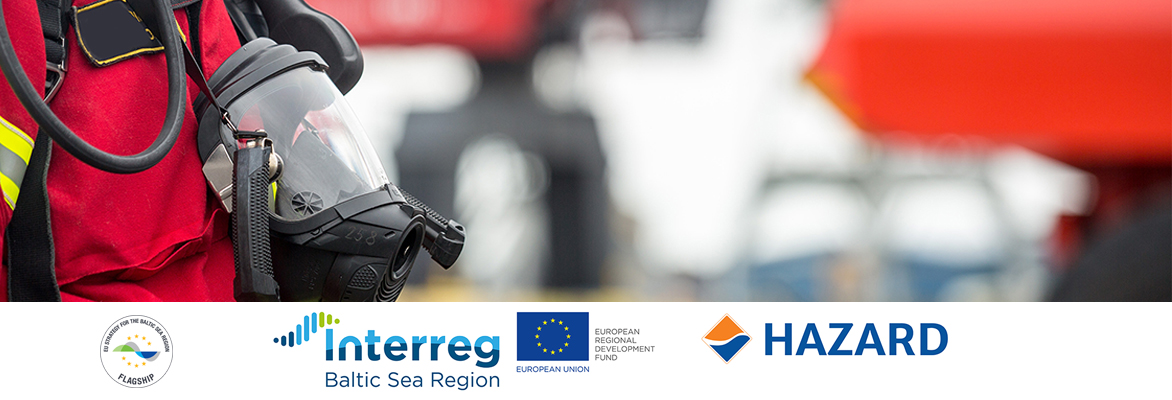Two HAZARD Follow-up Studies Concerning Seaport Safety & Security Regulations and Standards Now Published
The EU, International Maritime Organization, and national authorities have issued various regulations and standards concerning the shipping of dangerous goods, the prevention of accidents, and actions to be taken in case of different accidents at seaports. In 2020, Dr. Vesa Kilpi conducted two follow-up studies to previous HAZARD publications concerning these regulations and standards in the Baltic Sea Region (BSR).
#34 Communication and Regulatory Challenges in the Baltic Sea Region Ports – Update 2020
In the 15th HAZARD publication, Ahokas & Laakso identified the challenges in the implementation and communication of the safety and security regulations and actions at seaports in the BSR. In 2020, Kilpi conducted a follow-up study on the issue. Download the update here.
The results indicate clear progress since 2017, but also the fact that improvements are still needed. For instance, the interpretation and terminology of regulations and rules vary between countries and regions. Also, the communication systems ought to be integrated better and the seaport site information availability improved. Increasing automation should be included in safety & security planning already now.
#35 International Regulations for Seaports and Maritime Transport – Follow-up 2020
Kilpi also compiled an update to the overview of the international seaport safety & security rules and regulations published in 2018 by Torstensson & Ekwall. Access the follow-up here.
In both reports, the meeting documents and resolution data of the IMO Maritime Safety Committee and Marine Environmental Protection Committee were gathered and summarized. Also, the EU directives and regulations concerning seaport safety and security were collected from the EUR-Lex database.
The documentation body is large and diverse, and the lists reported in the HAZARD publications provide a key for the more detailed instructions and most up-to-date documents from the IMO and EU databases.

Leave a Reply